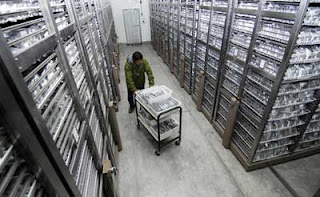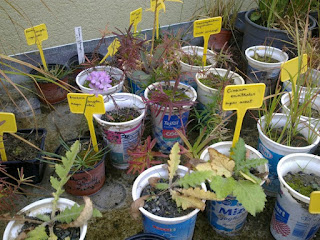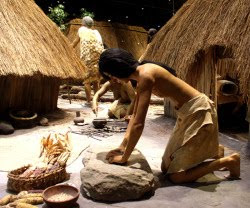⇒ a collection of genetic resources for an organism
⇒ DNA of an organism through collection of materials
• Worldwide collections of plant, animal & bacterial
germplasm for use in breeding new organisms and the
conservation of existing species.
Biological diversity (Biodiversity)
• Variability among living organisms
• Plant or animal diversity
• Terrestrial or marine
• Within species or between species
- Often used to refer to the total number of different species on Earth
- Living organism from all sources including inter alia, terrestrial, marine and other aquatic ecosystems and ecological complexes.
i) Genetic diversity : individual organisms,variation of genes
ii) Species diversity : species in an ecosystem
Genetic Resource Applications : Agriculture production is increased through the use of
improved genetic resources (new variety) created by
altering the genetic constitution.
Advantages : 1) Increase in yield
2) Pest and disease resistance
3) Ecological tolerance
1. Wild relatives - species in the wild from the same genus of the crop or livestock.
2. Weedy relatives - bridge between wild relatives and domesticated species (neglected varieties, evolved to adapt the natural growing environment.
3. Primitive cultivars/landraces - the cultivated varieties during earlier times.
4. Modern cultivars - improved strains bred from primitive cultivars.
5. Advanced breeding lines - superior germplasm selected from modern cultivars.
6. Genes from other species - advanced lines which contain specific desired genes
from other species. For example, 90% of the genes in rice could also be found in corn, wheat and barley
- Source of variation : mutations and sexual recombinant
- Mutation : accidental changes & DNA, rare and random
- Recombinant: Different DNA from parent
Techniques to Conserve Genetic Resources
1.In situ conservation
2. Ex situ conservation
Threats to Diversity and Loss of Genetic Resources
1) Domestication and use of modern varieties
2. Wanton (intentional damage)
3) Natural extinctions as a result of competition and natural disasters.
 |
| THANK YOU |

































